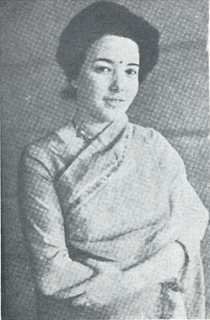Azad Hind
In
October 1943 Bose established the Provisional Government of Azad Hind (Free
India). The provisional government immediately declared war on the United States and Britain ,
and in January it located its capital in Japanese-occupied Yangon (Rangoon ), Burma India
n
early 1944 Bose induced the Japanese to invade India India Yangon .
Bose escaped, making his way eventually to Japanese-occupied Saigon (now Ho Chi Minh City , Vietnam Japan announced its surrender in August, Bose
fled Southeast Asia .
n
the winter of 1945 the British put captured INA officers on trial for treason.
Prominent Indian nationalist lawyers, including the leader of the Congress at
that time, Jawaharlal Nehru, eloquently defended the
accused. The INA officers became public heroes in India Britain 's
hold on India India
won its independence from Britain


Comments
Post a Comment